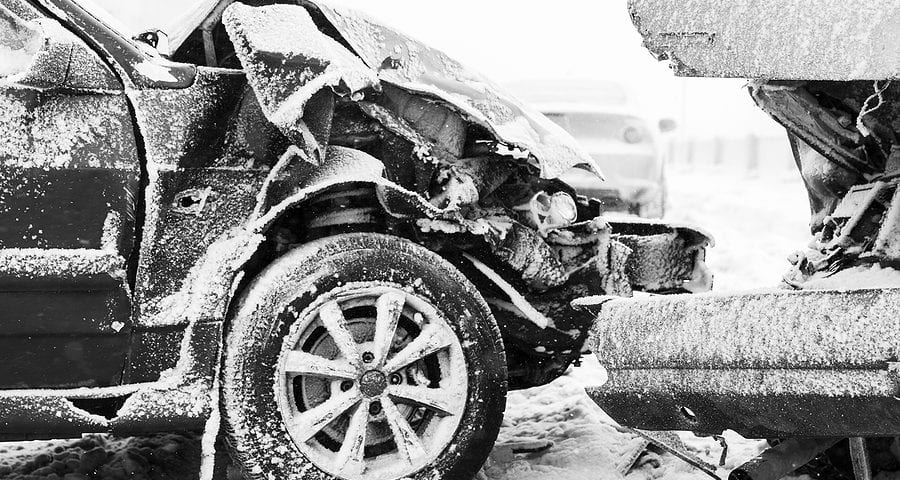With this winter season being the first for many new drivers, accidents, and crashes tend to skyrocket alongside the worsening conditions. Driving in the winter is a challenge that all new drivers must take on, when the winds pick up and ice freezes the roads it can be extremely stressful to navigate these conditions with no prior knowledge. To assist these new drivers a list has been made to go over some ways to keep driving safe in bad winter conditions.
1. Start to slow much earlier
When ice coats nearly every road and the visibility is down to 10 feet in front of the car, it is extremely important to remember to start slowing around double the distance you usually would before coming to a complete stop. Treading on very icy roads is much easier as the tires can simply glide along the ice in a straight path, but the decline in surface friction makes slowing down take far longer and requires much more distance. Apply gentle pressure to the brakes instead of slamming the brakes if you get too close, while that might seem counterintuitive, slamming on the brakes makes it much easier to start sliding and swerving out of control.
2. Turning must be steady and much slower than usual
Much like gently pressing the brakes to stop, gradually start the acceleration to avoid sliding out of control as it is far harder to build speed when on ice. This same logic must be applied to turning with a smooth movement of the wheel and a much slower speed throughout. Sometimes this can mean dropping to very low speeds to safely execute a sharp turn. It’s important to not get stressed or panicked even if it seems traffic is building up behind you, as safety is the number one priority when driving in unsafe conditions.
3. Keep a change of winter clothes/gloves in the car
A factor often overlooked by most drivers in the winter is a warm and dry set of winter clothes in the car at all times. Accidents can happen anytime and anywhere on the road, so even if an accident seems unlikely it always pays to be safe. Getting caught stuck on the side of the road with a broken car for potentially hours can have life-threatening consequences. It is recommended to keep gloves, boots, an extra pair of socks, snow pants, a jacket, and a way to start a fire in your car during the winter.
4. Be wary and careful of bridges and overpasses as they freeze first
Being that most people will have to cross the Mississippi bridge sometime over the next few months, it helps to be aware of the dangerous conditions surrounding bridges during winter. Any surface near water, when it freezes over immediately, creates a risk factor, but the high-paced driving and risk of a bridge cannot be underestimated. This is especially true under the consideration of black ice, transparent thin coatings of ice that are known to be treacherous to cross and are the main causes of accidents and skidding during the winter season. A great tip to always remember is that if a mistake is made and your car suddenly skids out of control, always remember to gently turn the car in the direction of the skid to correct it.
5. GO THE SPEED LIMIT
This tip is as easy as it seems, and to put it in very simple terms for those who enjoy driving five to fifteen miles over the speed limit, getting there safely is much more important than getting there quickly.








